Cathedral Mountain Nov 2017
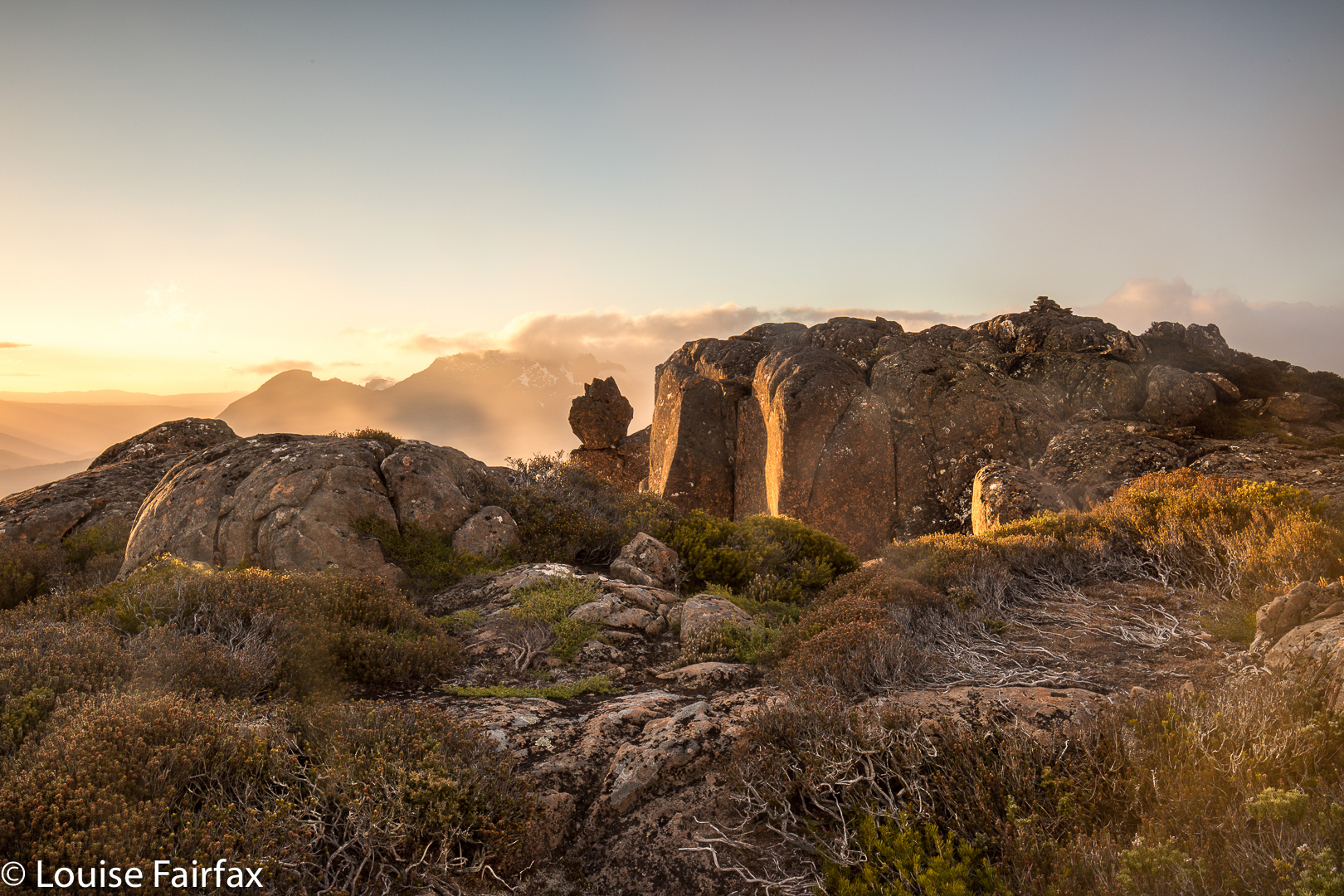 I have wanted to sleep on Cathedral Mountain for years, and am very pleased to have done it, and yet my venture caused me to question the assumed power of the wilderness to heal our sorrows and / or our soul.
I have wanted to sleep on Cathedral Mountain for years, and am very pleased to have done it, and yet my venture caused me to question the assumed power of the wilderness to heal our sorrows and / or our soul.
Can wilderness do this? The wilderness presents to us infinite sublimity that we can use to transport our being outwards to the universe, but it is not a force with a mind. It can only heal us if we let it, and allow that infinitude to bring us peace.
Wilderness exists as an objective and real part of our environment, indeed, but the value of that thing and its meaning for us depends on what we bring to it. For the wilderness to offer me healing, I need to meet it half way, as it were, and permit the expectations and connotations I give it to do their work. I need to lose myself in that beauty – to allow it to overwhelm me so I can lose myself. On the weekend, I could perceive the wondrous sublimity, I loved my little tarn and my magic view, but I still felt empty. I couldn’t lose myself at all or join a wider universe. I was stuck in my own misery.
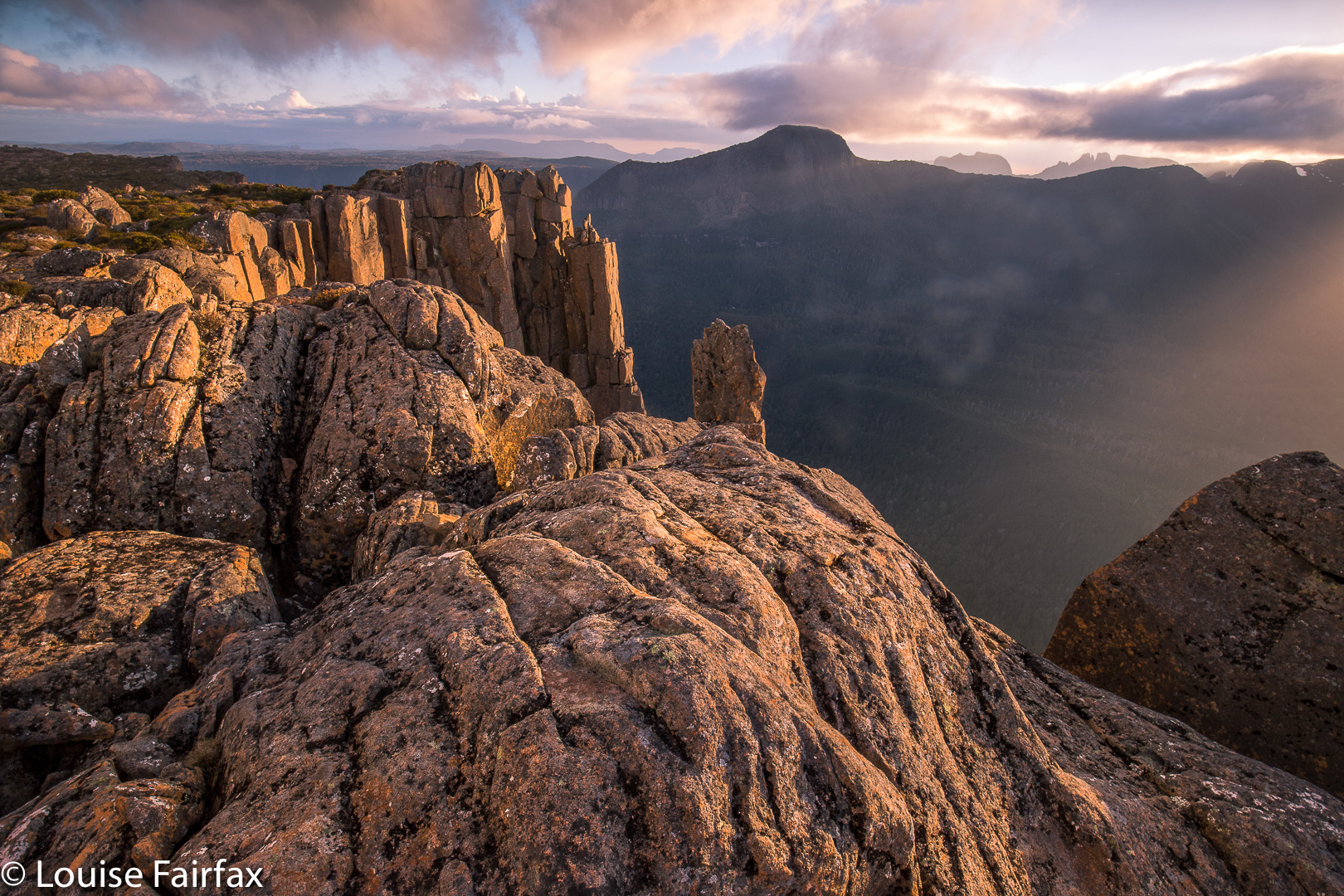 A long time ago, back when I was an international athlete, I thought that nature had the power to completely satisfy me. I remember clearly the day that debunked this theory: I sat on a rock up very high above the dramatic and impressive Aletschgletcher and looked out at infinite space. This was the quintessence of sublimity, and yet all I wanted at that moment was to have Bruce beside me, sharing that magnificence – not necessarily saying anything at all, just being there, sharing. And so I realised that it is not nature per se, but nature in the context of meaningful relationships that I find to be so wonderful.
A long time ago, back when I was an international athlete, I thought that nature had the power to completely satisfy me. I remember clearly the day that debunked this theory: I sat on a rock up very high above the dramatic and impressive Aletschgletcher and looked out at infinite space. This was the quintessence of sublimity, and yet all I wanted at that moment was to have Bruce beside me, sharing that magnificence – not necessarily saying anything at all, just being there, sharing. And so I realised that it is not nature per se, but nature in the context of meaningful relationships that I find to be so wonderful.
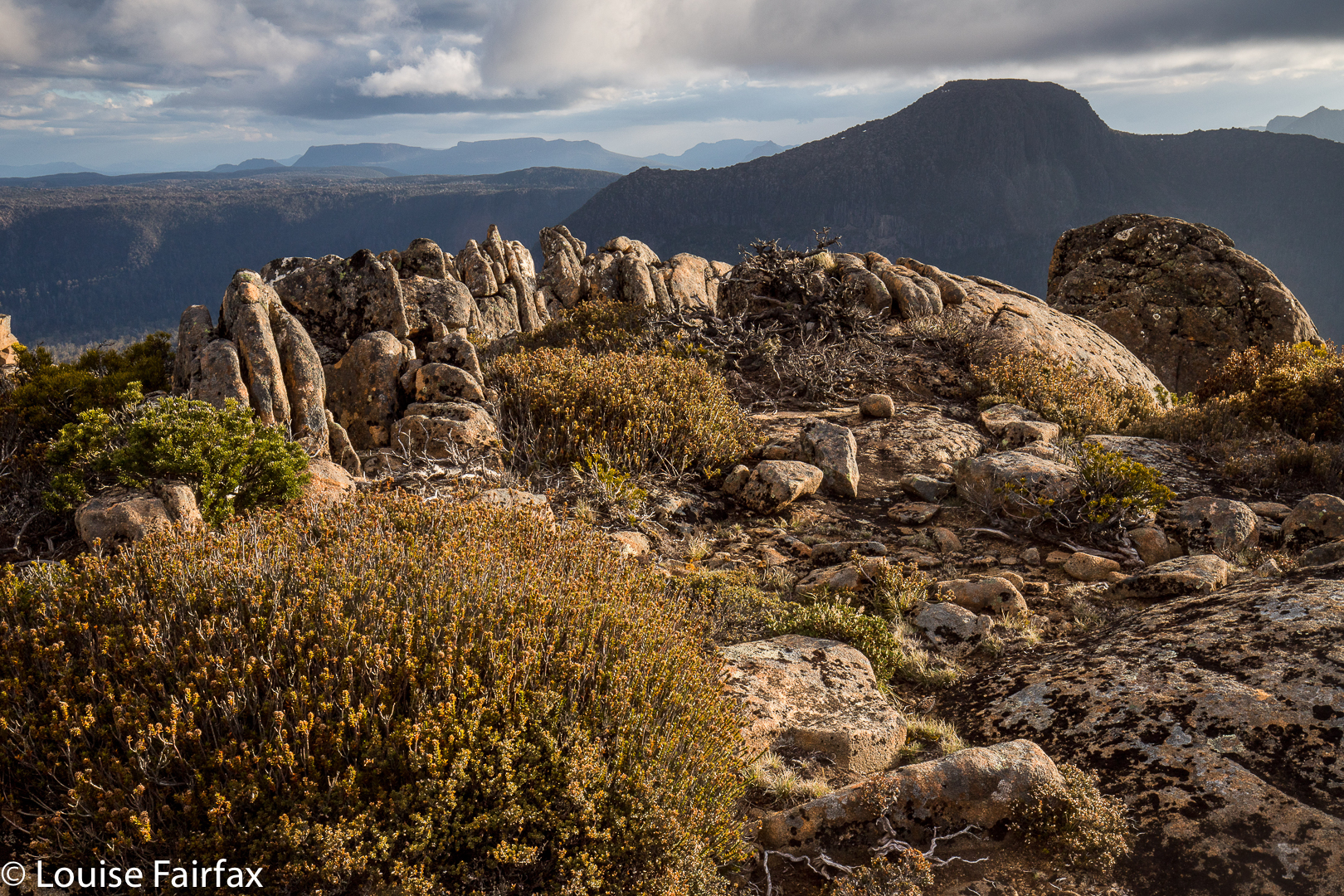 And so it is hardly surprising that there, on top of Cathedral Mountain last weekend, witnessing a beautiful display of, first, a golden sunset and, next morning, a thrilling sunrise with pink mountains above white cottonball fluff, I felt far less moved by nature’s wonder than is normally the case. I have lost half of who I am, the person who defined how I saw myself for most of my life and who helped mould who I became; the person who gave me incredible freedom by granting me his love.
And so it is hardly surprising that there, on top of Cathedral Mountain last weekend, witnessing a beautiful display of, first, a golden sunset and, next morning, a thrilling sunrise with pink mountains above white cottonball fluff, I felt far less moved by nature’s wonder than is normally the case. I have lost half of who I am, the person who defined how I saw myself for most of my life and who helped mould who I became; the person who gave me incredible freedom by granting me his love.
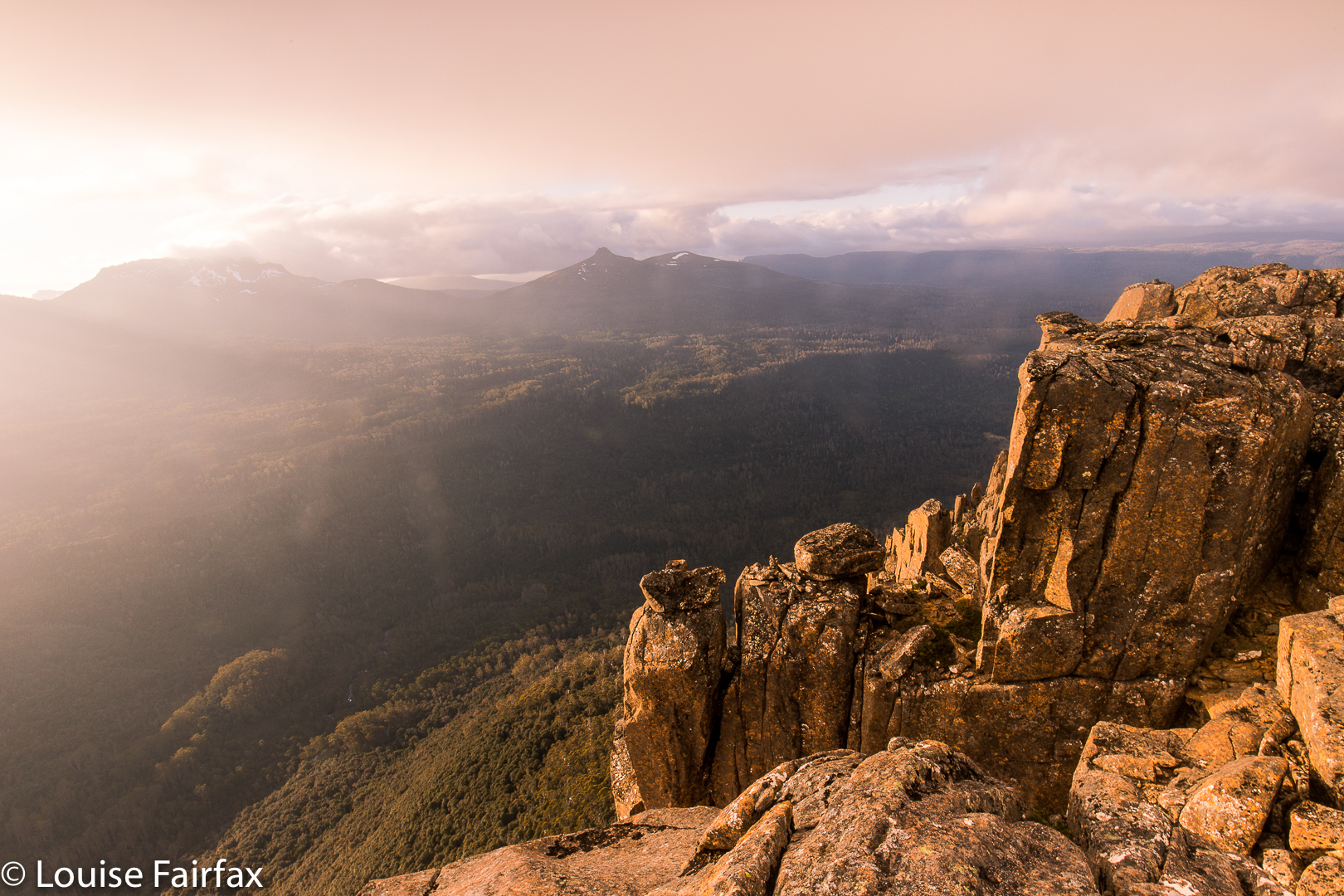 In seeing our relationships as the most important aspect of our lives, I am hardly alone. I am reminded of Goethe’s Faust, who sought fulfilment in a variety of sources (learning, magic, nature and more) and yet, who found it in the simplest of solutions: in the love of Gretchen. In a similar yet very different vein, C.S. Lewis whose whole life revolved around reading and writing, found no solace after his wife’s death in the act of reading. Our relationships are like a taste-enhancer, lending flavour and zang to anything we devour. Lose a meaningful relationship, and everything becomes bland and uninteresting. The view from on top of Cathedral Mountain was hardly bland or uninteresting, but, for once, it could not pull me wholly out of myself and give me that enjoyable feeling of merging with nature I so often enjoy on a summit. I am fighting to retain my self in the presence of huge forces; it is hardly surprising that I can’t give to nature right now. And if I can’t give, then neither, of course, can I receive.
In seeing our relationships as the most important aspect of our lives, I am hardly alone. I am reminded of Goethe’s Faust, who sought fulfilment in a variety of sources (learning, magic, nature and more) and yet, who found it in the simplest of solutions: in the love of Gretchen. In a similar yet very different vein, C.S. Lewis whose whole life revolved around reading and writing, found no solace after his wife’s death in the act of reading. Our relationships are like a taste-enhancer, lending flavour and zang to anything we devour. Lose a meaningful relationship, and everything becomes bland and uninteresting. The view from on top of Cathedral Mountain was hardly bland or uninteresting, but, for once, it could not pull me wholly out of myself and give me that enjoyable feeling of merging with nature I so often enjoy on a summit. I am fighting to retain my self in the presence of huge forces; it is hardly surprising that I can’t give to nature right now. And if I can’t give, then neither, of course, can I receive.
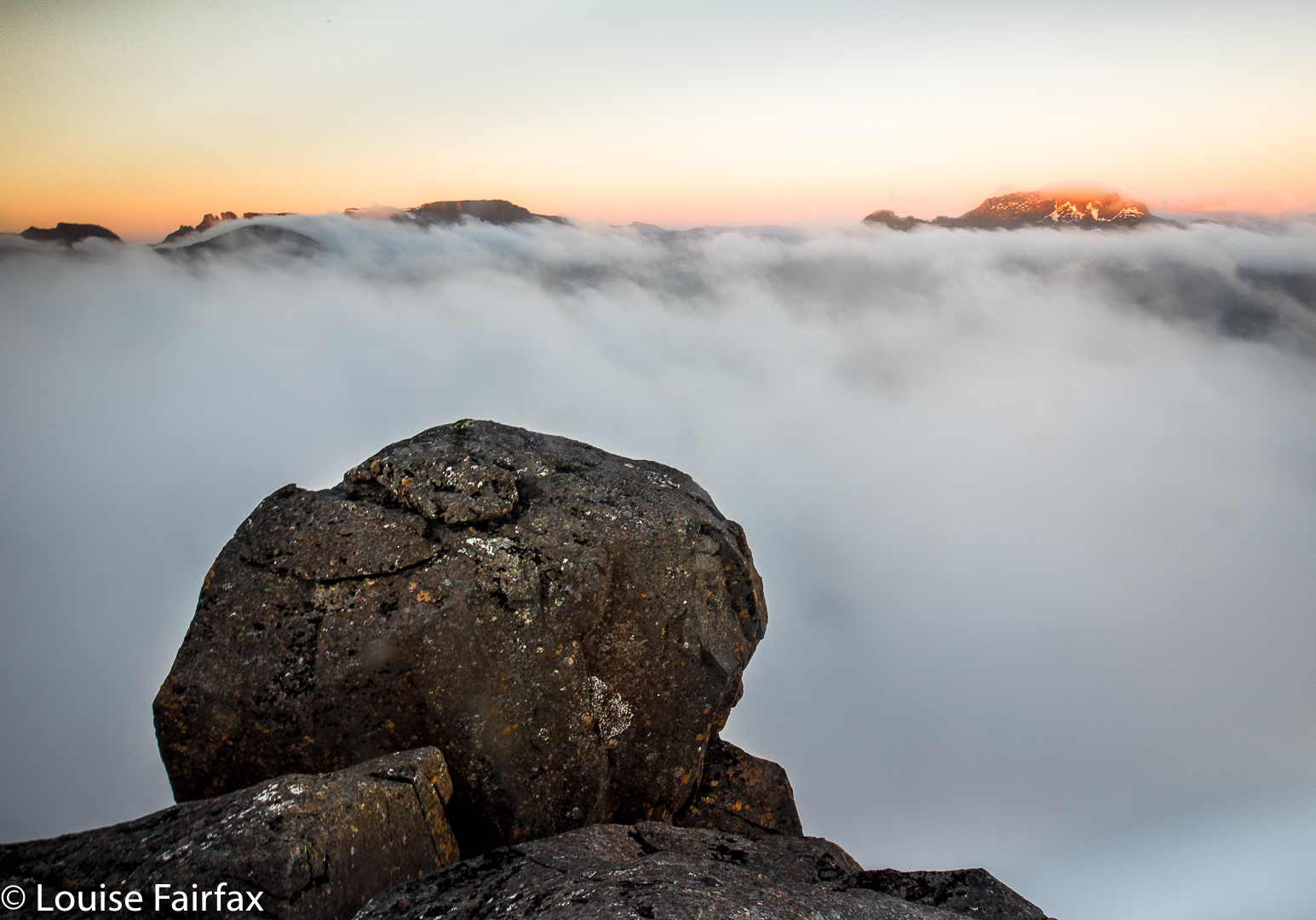
And so And so it was that with the deep sorrow of losing Bruce operating below the surface of everything I do, the extreme beauty of Cathedral Mountain, although it moved me, failed to heal my sorrow or to transport me to infinite places where I could feel soothed. Not now.
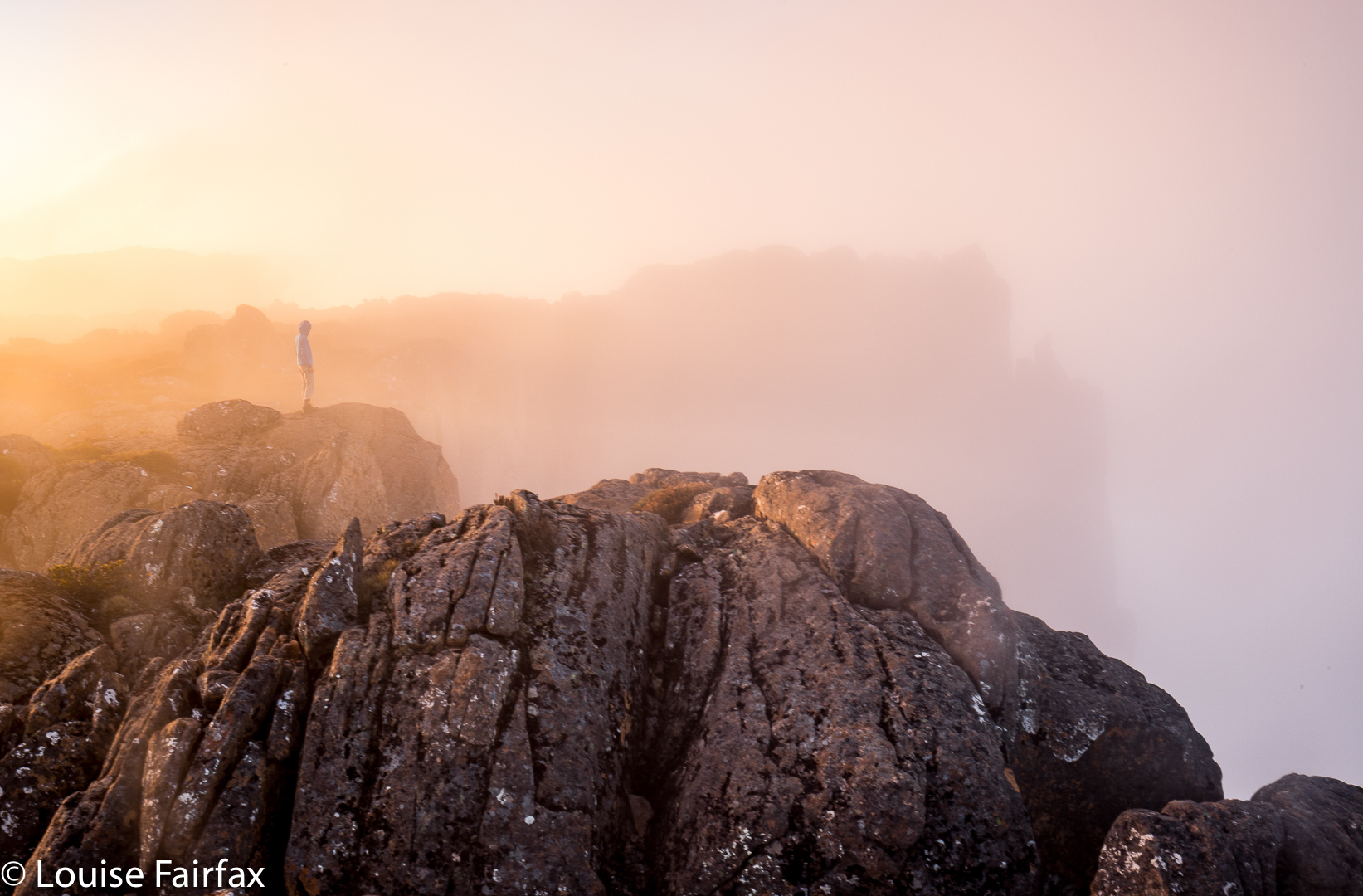
Only family and close people can soothe me right now. Later, things will change. I am still glad I went.
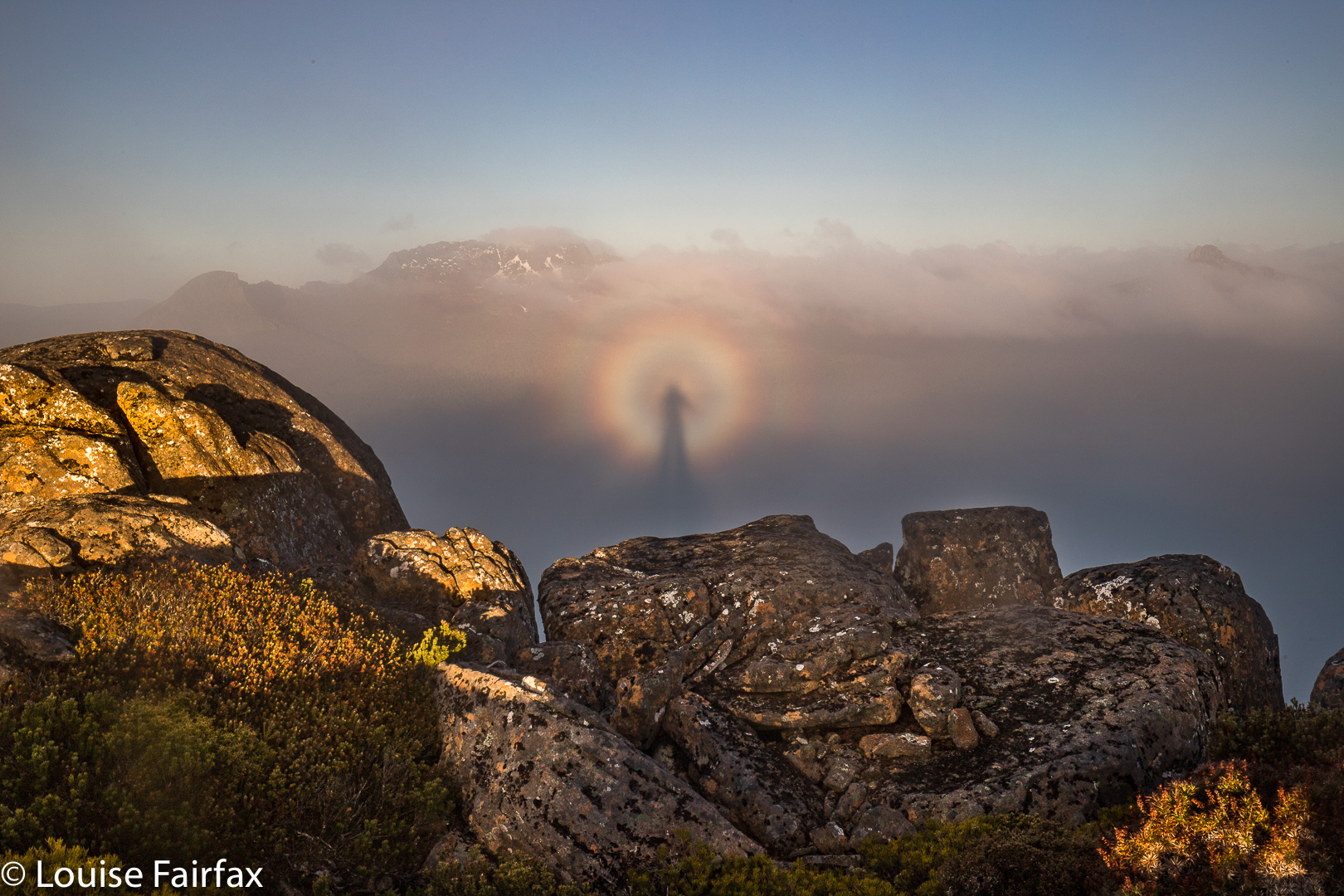 The problem, I guess, is that in the past, when up a mountain, even when solo, my solitude has occurred within the wider context of a waiting Bruce at home, who would be pleased to see me on my return, would want to hear stories of my adventures and to share in my photos.
The problem, I guess, is that in the past, when up a mountain, even when solo, my solitude has occurred within the wider context of a waiting Bruce at home, who would be pleased to see me on my return, would want to hear stories of my adventures and to share in my photos.
The great poet, John Donne, used the image of a protractor to describe how it was between him and his wife: one partner stayed at the centre while the other one roamed; both were joined while apparently separated. This is also a fitting image to describe the way it was for us. I climbed while Bruce stayed at home, joined in spirit whilst prevented physically by his illness. I guess you could say I was only ever carrying out a pretended solo. Now, for the first time, my summits are truly alone.
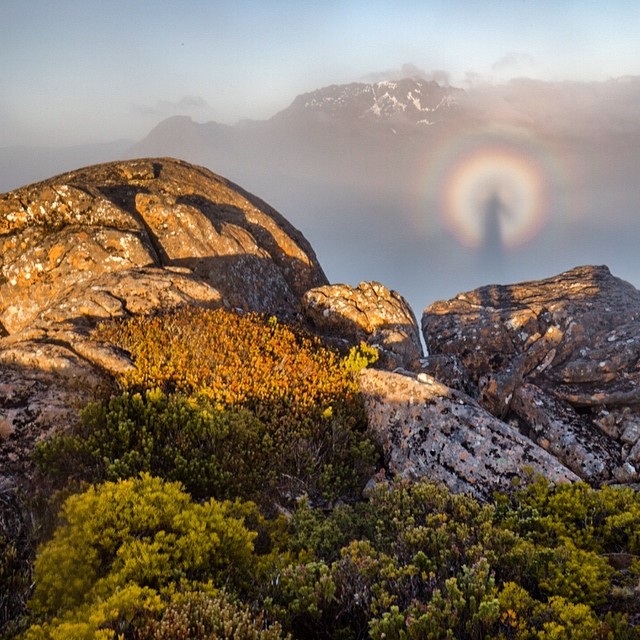 But you, lucky reader, can presumably visit this wonderful summit without these cares, and the majesty will have more power to impress you. Getting to the top involves a combination of track following and navigation. A rough (and not always distinct) path leads from the carpark at the end of the Lake Rowallan Road to the beautiful Grail Falls, after which a cairned route takes over, getting you as far as Tent Tarn. If you are not a confident navigator, you should stop here (or even earlier, by one of the other beautiful lakes). From Tent Tarn to the top, there is a route which is cairned, but the cairns are not always as close together as you might like and you do need to know what you’re doing in between their guidance. You need to be happy about branching out and not caring if you don’t find any more cairns today. (For the climb of the next day, Twin Spires, see separate post,viz:
But you, lucky reader, can presumably visit this wonderful summit without these cares, and the majesty will have more power to impress you. Getting to the top involves a combination of track following and navigation. A rough (and not always distinct) path leads from the carpark at the end of the Lake Rowallan Road to the beautiful Grail Falls, after which a cairned route takes over, getting you as far as Tent Tarn. If you are not a confident navigator, you should stop here (or even earlier, by one of the other beautiful lakes). From Tent Tarn to the top, there is a route which is cairned, but the cairns are not always as close together as you might like and you do need to know what you’re doing in between their guidance. You need to be happy about branching out and not caring if you don’t find any more cairns today. (For the climb of the next day, Twin Spires, see separate post,viz:
www.natureloverswalks.com/twin-spires/).

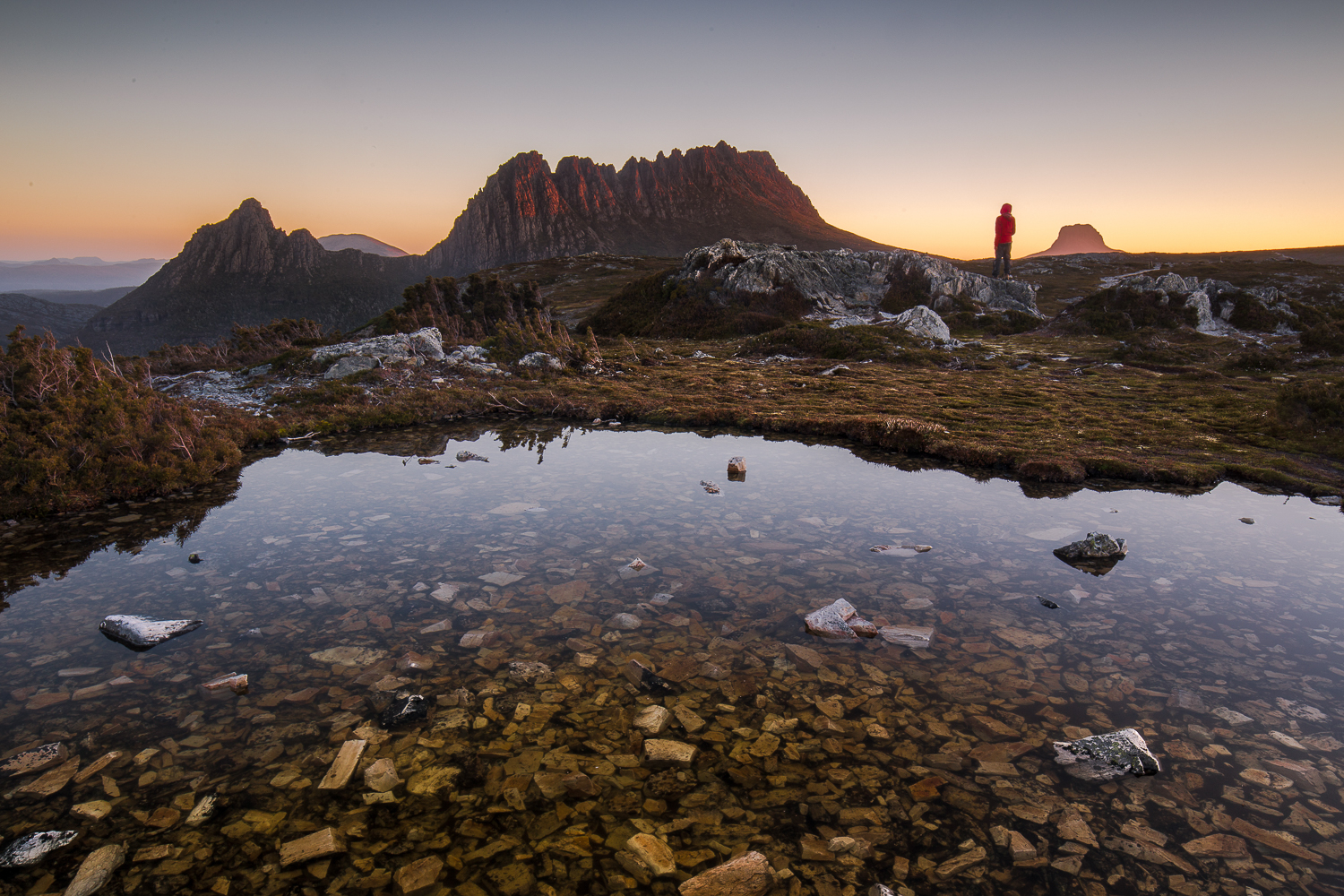
Interesting reading, interesting journey that has the potential to combine creation, creature & Creator in a way that passes all understanding and brings ultimate meaning, purpose and direction for those who are searching.